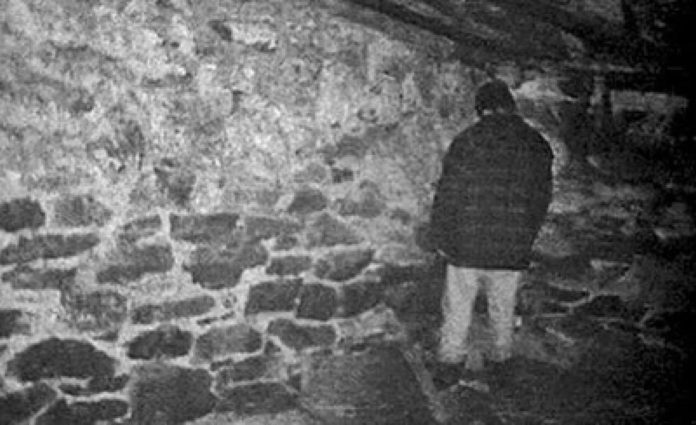In a post on Writer Unboxed, Kelsey Allagood says horror has a lot to teach us about fear and ourselves.
Using The Blair Witch Project as an example, Allagood says that even stories without blood, monsters, and jump scares can stay with us much longer than we think. “Not only did the found footage style of the film make it feel like something that could realistically happen to me: it made me think about what I would have done in a similar situation,” she writes. “What would I do if I got lost in a wooded area without a map? What would I do if I got lost in a wooded area without a map and I was with someone I didn’t know well, and whom I didn’t trust to keep their head in an emergency?”
Those thoughts alone created a feeling of anxiety. In contrast, we don’t have to think too hard about how we’d act during a zombie apocalypse. “Blair Witch had the right combination of realness (the found footage style) and believability (I could get lost in woods that look just like those woods) to tap right into a well of fear at my center,” Allagood says. Which is what horror is all about: fear.
Allagood suggests a few ideas for injecting fear into your stories:
- Make your characters desperate to avoid the thing that scares them. “What is your protagonist’s greatest fear? How does it motivate the choices they make throughout your story?” Allagood writes. “Fear of death, of being forgotten, of living a pointless life, of being alone, of failure, of rejection, and so on are all compelling character motivators.” How desperately will your character avoid what scares them? How will those actions complicate their lives? What will it take for them to face their fears?
- Establish the rules, then break them. “Part of what makes horror a thrilling genre is the fact that the characters and the audience are often stumbling through situations with the same amount of information: that is, not enough,” Allagood says. “Characters think they know how the world works, only to be proven woefully (and sometimes fatally) wrong.” Consider what your characters know about their world and what would happen if they’re wrong.
- Find the absurd, uncanny, or unsettling in the familiar. Like comedy, horror subverts the familiar. Consider how you can evoke fear by drawing your readers into a familiar setting, emotion, or experience, and then disrupting it.












